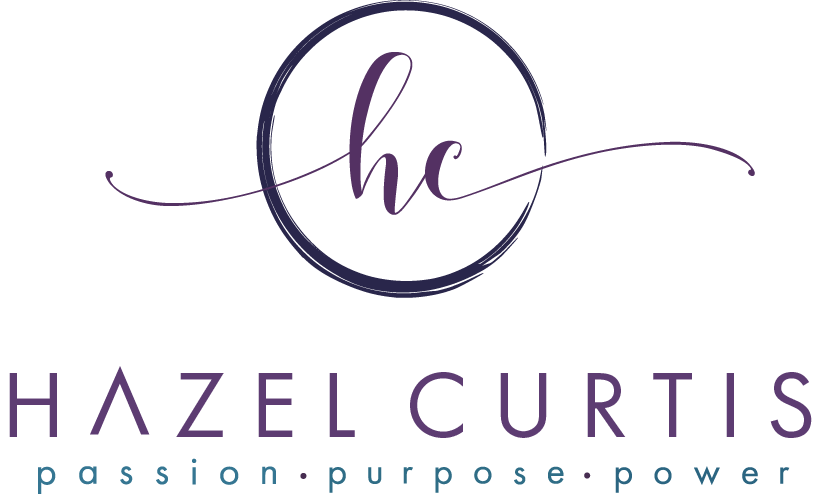Jacks or Better
As promised, today we are cracking open the deck and checking out a couple of odd face cards. Health professionals are skilled at observing and treating variance. We were taught early on – that seeing people for their unique attributes brings us to diagnosis faster than looking at their similarities. We are really good at ferreting out the unusual.
We are great at coming to sound judgement and making a plan of action. So what’s in a deck that can break out a new perspective?
Ready?
The Jack Family
Flipping through a deck of cards exposes a few interesting characters. A unique characteristic was given to the Jack of Hearts and Jack of Spades—do you know what it is? Go ahead, get out your deck and shuffle through it, you’ve got time. Do you see it? They are called “one-eyed Jacks.”
It’s not clear why these two face cards are done in profile while all the rest of the face cards are in full portrait style. With the exception of these two Jacks, each face has been drawn showing two eyes. Though a person might speculate as to the reason, all the speculation in the world will never add that second eye to the two jacks.
If another eye was drawn on the card, that wouldn’t really fix it. Those two jacks would still be different. This observation reminds us as healers to do everything in our power to relieve suffering and offer a cure. It also reminds us that when a fix or cure is beyond our control, we need to accept our limitations, recognize the pain of loss, and accept grieving as a personal release. It’s impossible to cure everyone. When we deny our emotional investment in the inability to cure, when we do not grieve adequately, we lose the best part of us—our caring hearts.
People come to the doctor’s office, the clinic, the emergency room, or a particular unit because they want to be “fixed.” When an individual is suddenly faced with a real crisis of health, whether through the sudden onset or chronic illness, a grave diagnosis or a traumatic injury, they find their illusions of control shattered. Perhaps for the first time in their lives, they are unable to “fix” things. Most adults have had the where-with-all to step in and fix their lives, their jobs, their finances, their kids, then with a snap of fate’s fingers, it all seems to vanish and they’re left with a one-eyed jack. When abrupt change happens, a person may find that everything he knows, the rules he’s lived by, and the resources he’s counted on are not going to work. And, that means something has to change.
A Mixed Bag
Members of the healing arts often find themselves both longing for and dreading change. Many seminars have been hosted in the name of “Change Management.” And, excellent books such as those by Eric Allenbaugh, William Bridges, Margaret Wheatley and John Kotter among others, explore the topic of change theory.
Regardless of all the available information, one thing remains the same, change has no feelings! It is people that give meaning and feeling to whatever change might be at hand. Change requires a great deal of energy, both physically and emotionally.
That’s why most people choose to sit in the same chair at the dining room table. It’s because it takes energy to think about sitting in a different chair. As energy beings, people are usually aware of the things, situations, or people that demand energy. So, if a person deems change as a positive thing, it will most likely add positivity to that individual’s energy bank. Someone else may assign change with negativity and for that individual change will most likely drain and deplete her energy bank account.
It has been said, “The only person who likes change is a baby with a wet diaper!” Yet some babies actually don’t like that process!
Unexpected, unwanted change is most likely viewed as an unwelcome intruder. With negative emotions and energy attached to change, physical sensations often provide information that there is a threat or something to fear. When this happens, the human response is to attack or avoid the unwanted change. Thinking of the healthcare experience, few people interpret a trip to the Emergency Department as a positive change!
For example. if you have a patient who has just been in a motor vehicle accident—you will undoubtedly recognize the signs of fear and threat. Or, your patient may be a middle-aged business executive, normally in control of his empire. Suddenly he experiences acute chest pain and is on his way to the cardio-vascular lab for stent placement. Again, you’ll most likely observe a reaction to threat and fear.
Thinking through the framework of unwanted change, it is easy to see why many of patients and their families get into an attack mode. Suddenly out of control, they are hot to attack anything or anyone who crosses a perceived boundary. Conversely a patient may turn toward the wall and refuse to talk with anyone. This is the avoidant aspect of threat and fear. Remembering the cycle perpetuated by unwanted change, makes it easier to provide care and understanding to the patient without taking their reaction personally. It also equips healthcare professionals with the necessary tools to help families understand the reactions of their loved ones, who are scared.
Unwanted change = Threat + Fear = Attack + Avoid
Alternatively, let’s look at a change situation which comes to someone who is in an embracing, open-minded, receptive mode. The change comes, and it is perceived as something that creates an opportunity or a challenge. The emotional response to this viewpoint leads to creativity and empowerment. This is a very different response than the previous scenario. In healthcare, from a patient perspective, this is usually slow to arrive.
Many individuals go through stages of grief and loss as described by the work of Dr. Kubler-Ross, to finally reach acceptance. Children seem to have the ability to move through this change process more easily than adults. Younger children appear to accept what is happening and find the joy in their life regardless of the situation.
Once I had a pediatric patient, a young lad of twelve, with a rare condition that led to a severe lack of circulation. Eventually, a surgeon had to amputate portions of each of his limbs. This boy channeled his creativity and passion into building miniature model cars and carefully painted them with a small brush held between his teeth. The cars were magnificent. He had a delightful optimistic attitude, and was a favorite stopping spot for all the nurses on the unit. With his optimistic attitude, perhaps he grew up to be a wealthy entrepreneur or statesman. His charm, creativity, and empowerment knew no bounds and gave him a bright future
Wanted change = Opportunity + Challenge = Creativity + Empowerment
The Jack Family demonstrates that there are many times I cannot stack the deck in my favor; nor could I stack it for that young boy. Some things simply are as they are. Yet, a healthcare professional has the opportunity to change her own perspective and understand the perspective of others. Individuals have a choice in how they choose to see their story.

